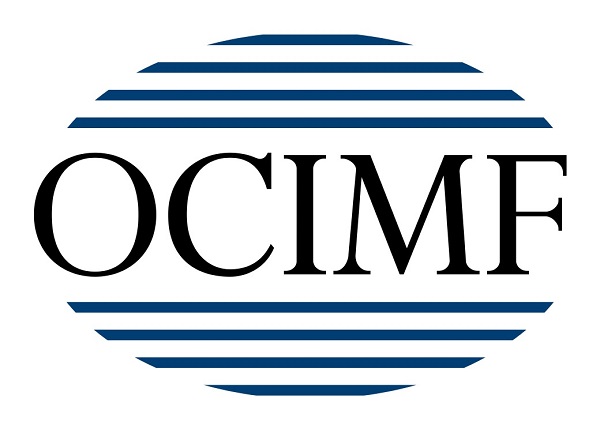PRESS RELEASE: With the introduction of IMO compliant electronic class and statutory certificates DNV GL took classification into new territory. Now, just four months after the launch of this new service, more than 50,000 certificates have been issued.
“We have been overwhelmed by the positive response from our customers and the industry as a whole,” says Knut Ørbeck-Nilssen, CEO of DNV GL – Maritime. “Many owners have opted not to wait for their first scheduled survey to shift vessels to the new certificates, but have asked to move their whole fleet onto the new system. Our goal for 2018 is to have every vessel in the fleet using electronic certificates in conjunction with their periodic survey.”
Since the launch in mid-October 2017, DNV GL has issued approximately 50,000 certificates, with more than 6,000 vessels of the classed fleet now trading with one or more certificates. Digitally signed electronic certificates represent nearly 80 per cent of all certificates issued by DNV GL since the roll-out. 52 flag states accept the certificates, with further acceptances expected over the coming year.
“The administrative savings for our customers have been significant, in particular in the ease with which customers always have access to new and updated certificates on the fleet status portal and through email subscription,” says Knut Ørbeck-Nilssen. “And vessels issued with electronic certificates have successfully been through close to 1,000 port state inspections worldwide. The port state process is also made more efficient, by enabling owners to use a secure electronic certificate folder to grant temporary access to authorities through our fleet status portal.”
About DNV GL’s electronic certificates
Certificates are published on DNV GL’s customer portal immediately after an onboard survey is completed, so that all relevant parties can access the latest certificates from anywhere in the world. The electronic certificates are secured with a digital signature and a unique tracking number (UTN) which can be checked online, assuring their validity and authenticity. Customers can choose to share access to their certificates with stakeholders (charterers, ports, flag administrations, insurers) by using temporary access codes. With the temporary code the stakeholder can directly access the customer’s secure certificate folder, bringing the administrative burden on the shipowner down to the absolute minimum.

































